Is Cable TV Still Worth Having?
Cable tv was once revered as the gateway to high-quality original content, but is it still worth having?
This article is more than 2 years old
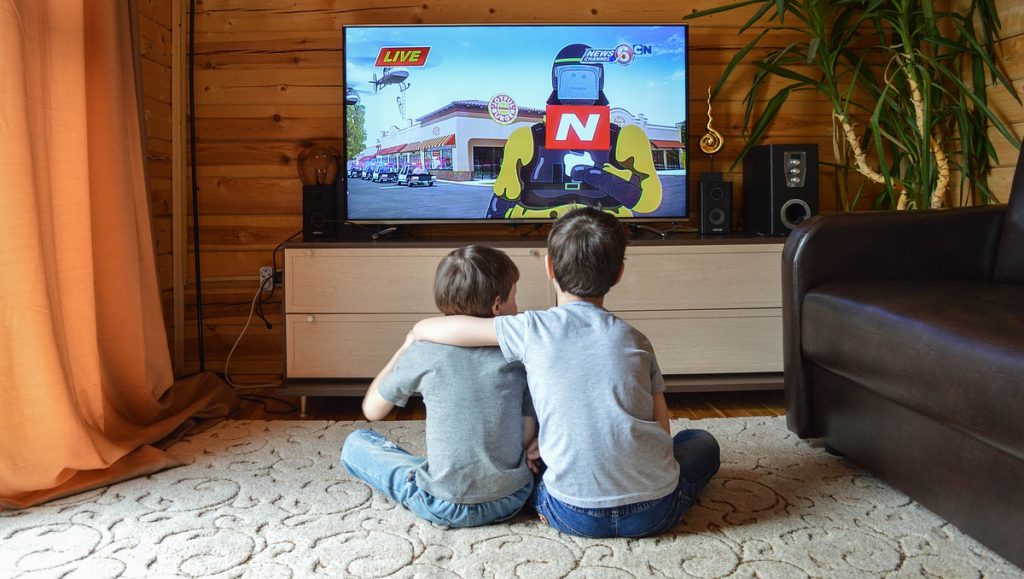
The way we consume media has gone through numerous evolutions over the decades. Prior to the 20th century, print media dominated popular culture. Radio exploded in popularity in the 1920s. Then thanks to the post-war prosperity of the 1950s and 1960s televisions rose to become the primary way people entertained themselves. However, it wasn’t until the 1980s and throughout the 1990s that cable tv became a major stronghold within American society.
Today, however, thanks to the dawn of the internet age and the rapid adoption and utilization of it, is what eventually gave way to the rise of an exorbitant amount of streaming services, cable tv seems like just a shell of the mega-entity that it once was. All that serves to beg the question, is cable tv still really worth having? We went on a quest to find the answer.
THE RISE
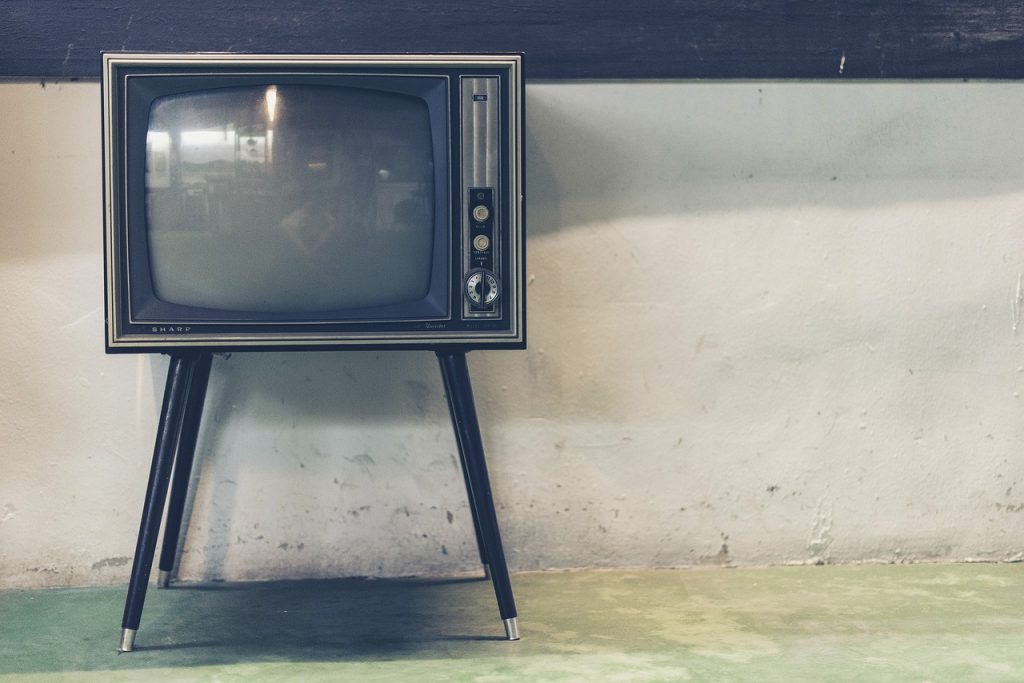
The advent of broadcast television in 1948 is what initially paved the way for cable tv. However, early regulations are what prevented it from becoming widely adopted. It wasn’t until the 1970s that cable tv started to make its first waves in society. In 1972 HBO became the United States’ first pay-to-watch tv station. Then in 1976, the first superstation called WBTS out of Atlanta was launched. WBTS was the first network to use satellites to broadcast shows. By 1981 stations like Nickelodeon, CNN, and MTV has all been launched.
The year 1984 was the real game-changer for cable tv. It was the year that Congress passed the Cable Communications Policy Act. Under the new policy, restrictions were looser and it made it easier for companies to develop and broadcast more cable tv networks. Thanks to the lax restrictions, cable tv exploded. By 1990 there were 50 million cable subscribers nationwide. At the turn of the millennia, the average household had access to over 50 cable tv stations.
THE GOLDEN AGE
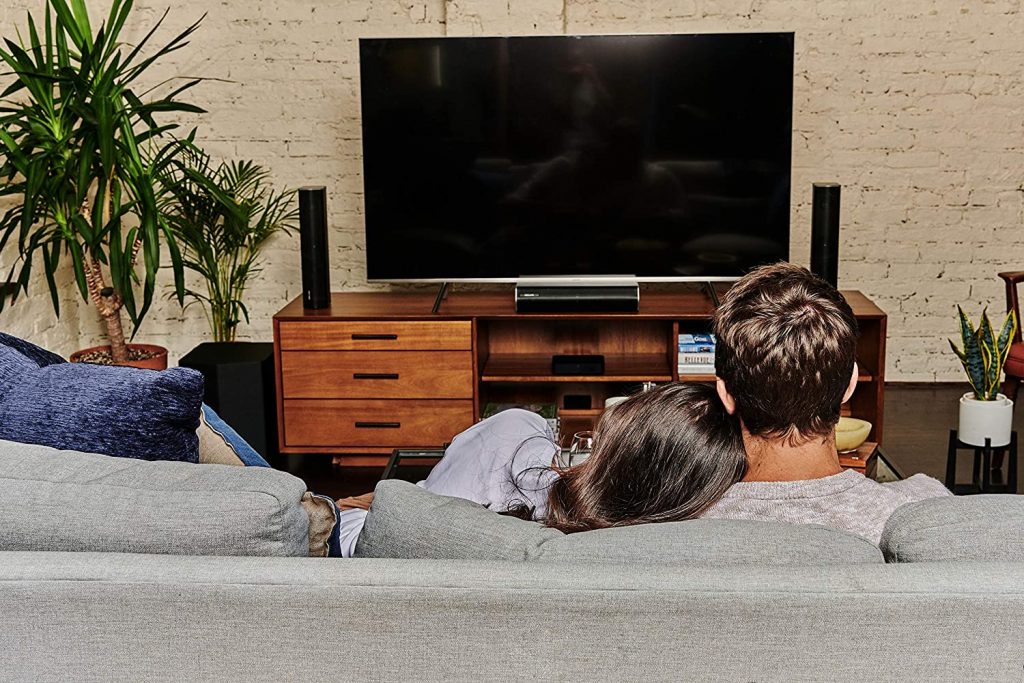
The early part of the 2010s was when cable tv was truly at its apex. According to Forbes, data from October 2010 shows that over 105 million households subscribed to cable tv, which accounted for over 90% of households with televisions. In 2014 the cable industry racked in over $10 billion in revenue and people, on average, had access to nearly 180 different channels.
It seemed as though cable tv had reached the top of the summit, but still found a way to keep climbing. However, believe it or not, all bubbles do burst. Netflix had been quietly gaining steam since it was launched in 2007, and by 2017 nearly 25 million people had elected to forgo cable tv in favor of just paying for internet service and watching content via Netflix and the many other subscription services that had begun to pop up by that time.
THE ONSLAUGHT OF THE CABLE CORD-CUTTERS
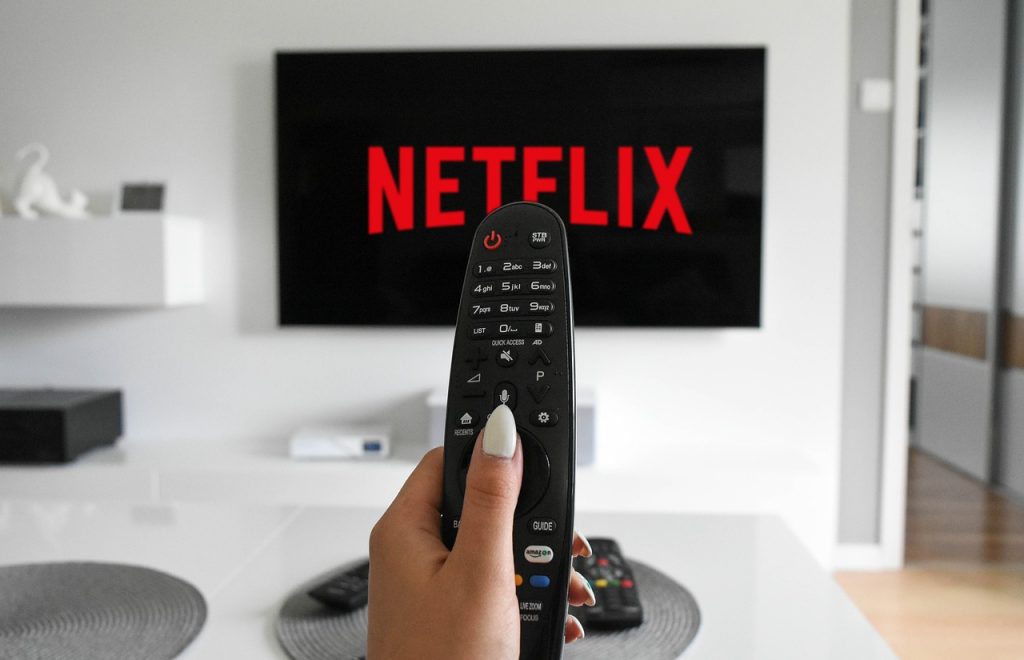
Every year since 2017 more and more people have decided to cut the cord on their cable tv subscriptions. By the end of 2021, over 55 million people had severed ties with their cable networks. And it’s actually quite easy to extrapolate the rationale from their decisions to do so.
At present, the average cost of cable tv and internet access per month in the United States falls between $150 to $200. That means that in order to substantiate a cable tv and internet subscription the average person typically dishes out up to $2400 per year.
Electing to cut the cord on cable, keep the internet and choose to subscribe to a few streaming services instead can make for a wise financial decision. For instance, the average cost of the internet alone falls right around $50 and the average cost a person pays a month for streaming services is currently hovering between $14 and $37 a month. Still, even paying out $87 per month is a considerable savings when compared to numbers that equal $150 and above.
Moreover, choosing streaming services over cable not only gives someone the freedom to watch what they want when they want but with more and more streaming services being added every day the amount of content to choose from can easily rival that of traditional cable tv subscriptions. Additionally, because of how much money streaming services have been able to generate, the content that is being offered on streaming services has consistently been getting better. In fact, it’s not uncommon to see A-list movie stars like Leonardo DiCaprio making movies for Netflix and like. And it’s worth mentioning that the evolution and widespread adoption of streaming services has only been further exacerbated and accelerated by the still-sustaining global pandemic that we are all entrenched in.
IS IT STILL WORTH IT TO HAVE CABLE TV?
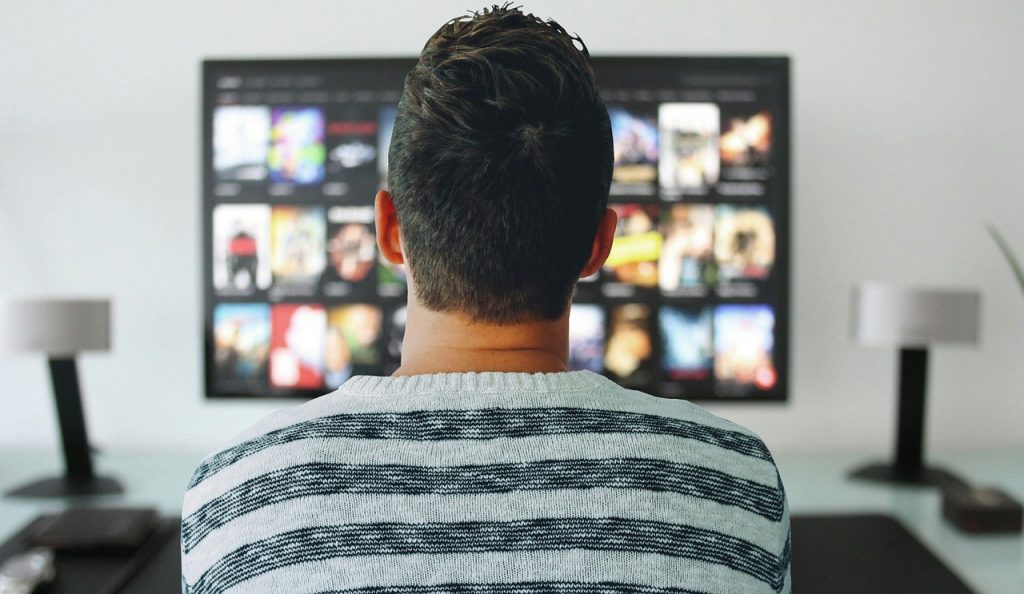
For most people, the answer is a flat-out no, cable tv is not still worth having. Why pay so much for something, if you can get everything it offers and then some for much cheaper elsewhere? Not only has it become an almost obsolete way to consume media, but its high prices are both unnecessary and unwarranted.
That being said, there are some cases where one would want to still use cable tv. There are still many areas throughout the United States that lack fast and reliable internet connections. Fast internet is really what gives streaming networks their edge. If you don’t have internet capable of streaming media consistently and in high quality, then cable tv still might be worth it in that case. However, barring that exception, the answer is clear. It’s time to let go of cable tv.








